Membership forms of the Vereeniging der Joden in België - Association des Juifs en Belgique. Series
Cegesoma - State Archives, Brussels rom October 1940 until May 1942 the Nazis implemented 17 anti-Jewish measures in Belgium. The Association of Jews in Belgium (AJB) was established by decree of the Militärverwaltung (military administration) on 25 November 1941. All Jews in Belgium were obliged to affiliate as members. Officially, the tasks of the AJB included promoting emigration, Jewish education and social welfare. In reality, it was a Jewish instrument controlled by the Nazis which assisted in the genocidal deportation of Jews from Belgium to Auschwitz-Birkenau. The AJB was composed of a leading committee established in Brussels, four local committees in Brussels, Antwerp, Liège and Charleroi (cities with 2,000 to 35,000 Jewish inhabitants each), and smaller local bureaus in Gent, Ostend, Mons and Arlon. The leading committee counted seven members of which five were Belgian Jews, so the composition was not representative of a Jewish population which was composed for 94% of foreigners, mainly Poles and Germans. In February 1942, the Nazis ordered the AJB to identify the Jewish population. In March this census was used to draft Jews for forced labour and in July the Sicherheitspolizei-Sicherheitsdienst (Sipo-SD) ordered the AJB to provide the names of 10,000 Jews for a so-called convocation for forced labour (Arbeitseinsatzbefehl), in reality the genocidal deportation to Auschwitz-Birkenau. The AJB, responding with zeal, provided the Sipo-SD with 12,000 names. The trap, however, failed: only 4,000 Jews reported at the Dossin barracks in Malines, the SS-Sammellager für Juden. The AJB evoked distrust and resentment among the Jewish population and became the target of Jewish resistance. At the end of July 1942, Jewish partisans attacked the offices of the Association and on 29 August 1942, one of the leaders of the forced labour service for Jews was shot. Confronted with the failure of the convocations for forced labour, the Sipo-SD organized massive raids from 15 August until 21 September 1942. In response to these mass arrests, the local AJB committee in Charleroi, infiltrated by communist resistance, scuttled at the end of September 1942. After a short internment in the Breendonk camp for political prisoners, Salomon Ullmann, military chaplain and Rabbi of Belgium, in October 1942 stepped down as president of the AJB. Maurice Benedictus, administrator of the AJB, fled to Portugal in December 1942. By then more than 16,600 Jewish men, women and children had been deported. From then on, the fundamental role of the AJB was limited to social assistance, interventions with the occupier and a special service in charge of helping the prisoners at the Dossin barracks. In Liège, the local committee ceased to exist at the end of April 1943, when its leaders were deported. Some of them were working illegally in the Jewish Defence Committee (CDJ). In September 1943, the Sipo-SD eliminated the Antwerp AJB committee, deporting its members together with the remaining Jews of Belgian nationality from Antwerp, leaving the city without any officially organized Jewish life for the rest of the occupation. In Brussels, the AJB functioned until the last day of the occupation. Several of its members (Maurice and Esta Heiber, Chaim and Fajga Perelman, David Ferdman) were secretly working for the Jewish Defence Committee. They helped rescue Jewish children until the Liberation. A city and street index, created by the Belgian Commission for the Restitution of Jewish Property (commission Buysse), is available at the Kazerne Dossin documentation centre. Index of the Fonds Beeckmans created by Cegesoma researcher dr. Lieven Saerens The collection "membership forms of the Association of Jews in Belgium" contains digitised copies of ca. 12,000 registration forms filled in by Jewish families in Belgium, which became members of this organisation as was required after the decree of 25 November 1941. Each form consists of the names of every family member living under the same roof, their dates and places of birth, their date of immigration, their faith, their profession, the family address, the number of rooms in the house and the property owner. Contact Kazerne Dossin Documentation Center: archives@kazernedossin.eu
- EHRI
- Archief
- be-002157-kd_00009
- Anti-Jewish measures
Bij bronnen vindt u soms teksten met termen die we tegenwoordig niet meer zouden gebruiken, omdat ze als kwetsend of uitsluitend worden ervaren.Lees meer




